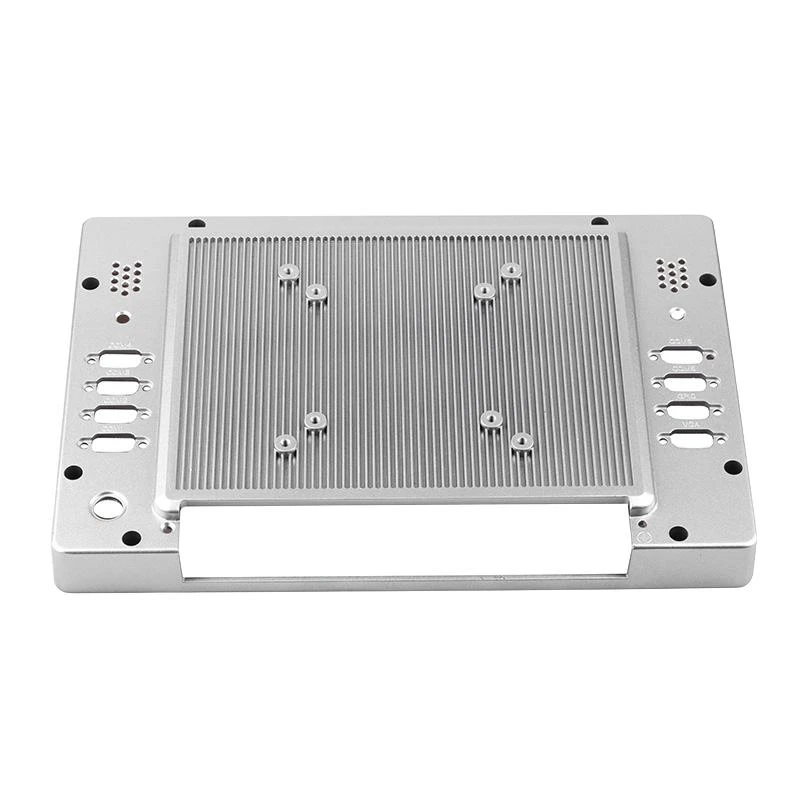cast iron lapping plate
Understanding Cast Iron Lapping Plates Importance, Benefits, and Applications
In the realm of precision engineering and manufacturing, achieving a flawless surface finish is paramount. One of the key tools utilized to achieve this level of precision is the cast iron lapping plate. These specialized plates serve as a foundation for the lapping process, which involves grinding and polishing surfaces to obtain optimal flatness and surface quality. In this article, we will delve into the characteristics, advantages, and applications of cast iron lapping plates, highlighting their significance in various industries.
What is a Cast Iron Lapping Plate?
A cast iron lapping plate is a flat surface made from high-quality cast iron, engineered specifically for use in the lapping process. These plates are typically heavy and offer excellent rigidity and stability, which is essential when achieving the tight tolerances required in precision machining. The surface of the lapping plate is meticulously machined and finished to ensure a uniform flatness, which is crucial for effective lapping operations.
The lapping process involves the use of an abrasive slurry, which is applied to the surface of the lapping plate. The workpiece is then placed on the plate and moved in a controlled manner, allowing the abrasive particles to wear away material from the surface of the workpiece. This results in a highly polished finish and precise dimensions.
Advantages of Cast Iron Lapping Plates
1. Durability and Longevity Cast iron is renowned for its durability. Lapping plates made from this material can withstand rigorous use over prolonged periods without significant wear. This longevity reduces the need for frequent replacements, resulting in cost savings for manufacturing operations.
2. Thermal Stability Cast iron has a relatively low thermal expansion coefficient. This means that it retains its shape and flatness under various temperature conditions, which is crucial for maintaining high precision in machining tasks.
3. Self-Healing Properties One unique characteristic of cast iron is its ability to self-heal minor imperfections on the lapping surface. During the lapping process, the metal tends to fill in small scratches or pits, maintaining a smooth surface over time.
4. Simplicity of Maintenance Cast iron lapping plates are relatively easy to maintain. They can be ground and resurfaced when necessary, allowing for consistent performance throughout their service life.
cast iron lapping plate

Applications of Cast Iron Lapping Plates
Cast iron lapping plates find applications across a wide array of industries that require precision surface finishes. Some key applications include
1. Aerospace The aerospace industry demands extremely precise components for safety and efficiency reasons. Components such as turbine blades, landing gear parts, and other critical engine components undergo lapping processes on cast iron plates to meet stringent specifications.
2. Automotive In automotive manufacturing, ensuring that parts function optimally is vital. Lapping is employed for valve seats, head gaskets, and other precision parts that require a smooth surface and exact dimensions.
3. Optics The optics industry relies on lapping to achieve the necessary surface quality for lenses and other optical components. Cast iron lapping plates aid in providing the required finish for precision optics.
4. Tool and Die Making Tools and dies require exceptional flatness and surface finish to ensure that they perform accurately. Cast iron lapping plates are integral in achieving these specifications.
5. Medical Device Manufacturing The medical field demands high-quality components for instruments and devices. Cast iron lapping plates are used to ensure that these components meet rigorous quality standards.
Conclusion
In summary, cast iron lapping plates are essential tools in achieving high precision and superior surface finishes in various industries. Their unique properties, coupled with the benefits they offer, make them a preferred choice for precision engineering applications. As technology continues to advance, the role of lapping plates in manufacturing processes will undoubtedly evolve, but their foundational significance in ensuring quality and precision will remain unchanged. Engineers and manufacturers must recognize the importance of selecting the right lapping plate to uphold the standards required in modern production and fabrication processes.
-
Precision Casting Prototypes and Engineering Inc – Innovating Global Manufacturing SolutionsNewsNov.24,2025
-
Precision Casting Facility: Advanced Manufacturing for Global Industries | Hairun SourcingNewsNov.23,2025
-
Leading Precision Casting Corporation: Quality Metal Components for Global IndustryNewsNov.23,2025
-
Precision Cast Rods: Definition, Applications & Future Trends in ManufacturingNewsNov.22,2025
-
Precision Cast Iron Surface Plate: The Backbone of Industrial Accuracy and QualityNewsNov.21,2025
-
Precision Aluminum Investment Casting: High-Accuracy Manufacturing for Modern IndustriesNewsNov.20,2025















